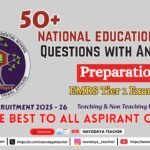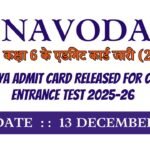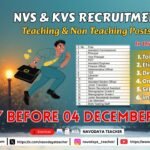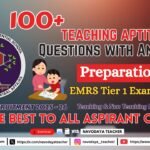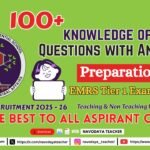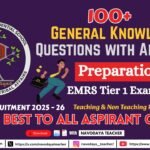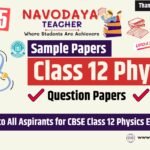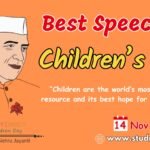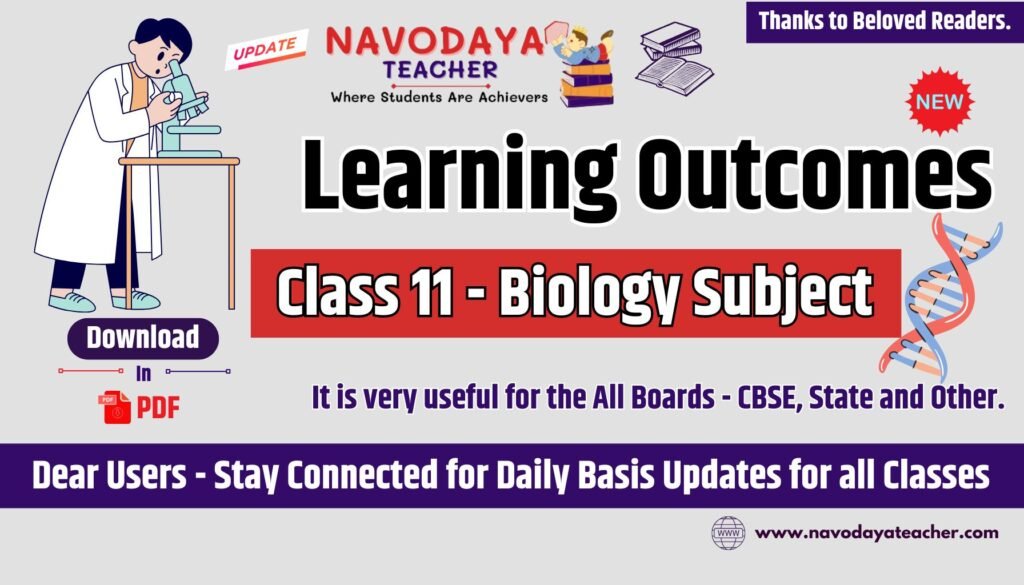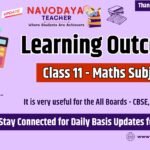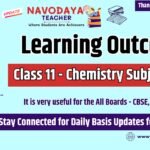In this article we providing information regarding latest Learning Outcomes for Class 11 Biology Subject in PDF
Learning Outcomes for Class 11 Biology Subject in PDF 2024
The learner
- Differentiates organisms, phenomena and processes based on certain characteristics and salient features, such as, prokaryotes and eukaryotes, plant cell and animal cell, diffusion and osmosis, meristematic tissues and permanent tissues; squamous epithelium and cuboidal epithelium, diploblastic and triploblastic organisation; metacentric, submetacentric, acrocentric and telocentric chromosomes; etc.
- Classifies organisms, phenomena and processes, based on certain characteristics / salient features systematically in more scientific and organized manner; such as five kingdom classification system of organisms under various hierarchical structural organizations; natural resources, etc.
- Relates processes and phenomena with causes and effects, such as, characteristics of living with cell as basic unit of life, transpiration pull with absorption of water by roots of plants; tissues with their functions, deficiency symptoms of essential elements, pumping of heart with circulation of blood, hormones with various physiological functions, digestive enzymes electrocardiograph (ecg) and heart diseases; smoking and lung diseases; etc.
- Applies scientific terminology for organisms, processes, and phenomena based on internationally accepted conventions, such as, systematic technical description of flowers, taxonomic study of plants and animals; binomial nomenclature of organisms; coelom, bisymmetric body etc; bisexual and unisexual organisms, actinomorphic and zygomorphic flowers, aestivations, placentations, physiological processes, cardiac cycle; organ structures; sa node; av node; etc.
- Explains efficiently systems, relationships, processes and phenomena such as; organ systems in frog, cockroach and earthworms, structures and function of cell organelles, photosynthesis, respiration, mechanism of contraction of skeletal muscles, etc.
- Describes contribution of scientists/researchers all over the world in systematic evolution of concepts, scientific discoveries and inventions in the field of biology based on historical scientific events/ timelines etc; such as; anton von leeuwenhoek described a live cell and later, robert brown discovered the nucleus; in classification systems of living organisms, aristotle was the earliest and then linnaeus proposed two kingdom classification and later r. H. Whittaker proposed five kingdom classification, etc.
- Makes linkages at the interface of biology with other disciplines by relating various interdisciplinary concepts such as; mathematical models on arithmetic and geometric growth rates in plants/organisms, absorption and transfer of light energy in photosynthesis; secondary metabolites, structure of protein, structure of dna, etc.
- Draws labelled diagrams, flow charts, concept maps, graphs and floral diagrams, such as, floral diagrams of given flowers, parts of flowers, modified roots external features of earthworm, cockroach and frog, zscheme of light reaction, calvin cycle, etc.
- Writes floral formulae in technical language based on floral diagrams of different flowers such as flowers of pea, makoi and onion etc
- Prepares slides for study the structural intricacies of life forms and structural organisations, such as, transverse sections of root, stem and leaves, mitosis and meiosis; pollen germination, etc.
- Handles laboratory tools, and apparatuses, instruments and devices properly for performing activities/ experiments/ investigations such as; uses foldscope/microscope for observing internal structure of transverse section of root, stem and leaves, intricacies of chloroplasts, stomata, etc.; digital balance/scale for weighing chemicals; pipette for drawing liquid, etc.
- Plans and conducts investigations and experiments to arrive at and verify the facts, principles, phenomena, or to seek answers to queries on their own, such as, what is the pattern and structure of organisms in nature?, does pisum sativum carry bisexual and zygomorphic flowers, how do plants grow in length?, do plants breath?, what does (mainly which gas) our breath contains?, what happens to cooked rice when we chew and when we do not chew? Etc.
- Analyses and interprets graphs and figures such as, enzyme activitytemperature, ph and substrate concentration graphs, growth versus time graphs, oxygen dissociation curve etc.
- Uses scientific conventions, symbols, and equations to represent various quantities, elements, and units, such as, si units, symbols of elements, formulae of simple compounds, pathways of aerobic and anaerobic respiration, organic compounds in living organisms, etc.
- Draws conclusion on the basis of data collected in activities / experiments and investigatory projects conducted by them, such as, roots, stem and leaves modify to perform various functions, deficiency of nutrients affect physiological processes in plants, deficiency of protein in diet causes protein-energy malnutrition (pem), etc.
- Communicates the findings and conclusions effectively, such as, those derived from experiments, activities, and projects both in oral and written form using appropriate figures, tables, graphs, and digital forms, takes part in the discussions, argumentations etc.
- Applies scientific concepts of biology in daily life and solving problems, such as; by mowing the grass of a lawn assuming that due to lateral meristem grass will regrow, determine the age of a fallen tree by counting concentric rings present on the transverse cut of tree trunk, drinking less/more water changes the concentration and volume of urine, etc.
- Appreciates technological applications and processes in biology towards the improvement in the quality of life and sustainable development, such as, hydroponic plant production, uses of algae as commercially like algin (brown algae), carrageen (red algae), agar; chlorella uses as food supplement in space; dialysis for kidney failure patients; uses of artificial arms and limbs, etc.
- Exhibits creativity in designing models using eco-friendly resources / preparing charts / paintings / sketching/ etc. On different topics; such as; structure of cockroach, etc.
- Exhibits ethics and values of honesty, objectivity, rational thinking and freedom from myth and superstitious beliefs while taking decisions, such as, reports and records experimental data accurately, reveals respect for life by using weed plant for investigatory studies/ activities, etc.,
- Makes efforts to conserve environment realizing the inter- dependency and inter-relationship in the biotic and abiotic factors of environment, such as, by appreciating use of weed plants in the study, using eco-friendly waste material, etc.
- Applies learning to hypothetical situations, such as, possibility of life on other planets, etc.
Thanks to Beloved Readers.

